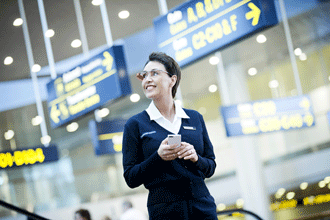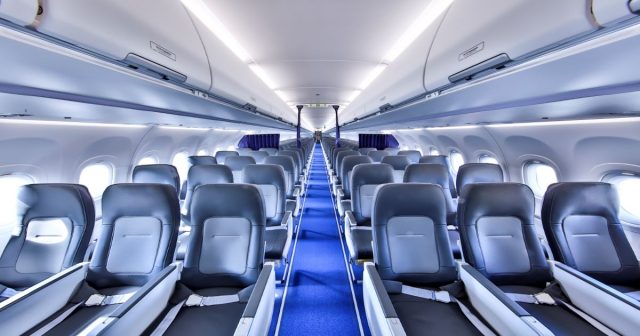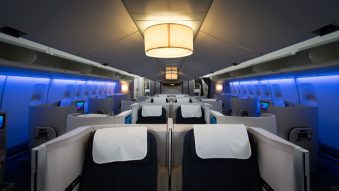Copenhagen Airport (CPH) is the first airport in the world to use Google Glass.
The Danish airport partnered with SITA to carry out a trial of the new wearable technology using staff with direct passenger contact. The results were quite positive.

CPH listed a number of benefits of using Google Glass, including:
- on-the-spot translation for passengers who do not speak Danish or English using Google Translate
- fast communication among colleagues by sharing images, text or calls
- a huge reference database that can provide answers to the questions people ask the passenger service team every day
All obtained simply with a couple of quick taps on the frame of the glasses, or just a wink of the eye.
The options offered by Google Glass are numerous, and, in future, it is highly likely that, if you are a passenger at Copenhagen Airport, you will be helped by someone wearing Google Glass or some other wearable device.
The feedback has been very positive, from both passengers and the passenger service staff doing the testing. The glasses are user friendly, and it’s really important to our staff that the devices are hands-free. Every day, they carry around documents and equipment like duty rosters, desk allocation sheets, peak prognosis sheets, passenger numbers and cruise arrivals, smartphones, radios and many other things. Having their hands free and all this information potentially available from a small computer like Google Glass allows our people to engage better with passengers, for example when helping them check in, because they do not have to focus on a screen,” said Copenhagen Airport’s Director for Customer Care, Marie-Louise Lotz.
Built-in options
Google Glass has a number of built-in options that Copenhagen Airport has been using from the start, for example Google Translate and fast information sharing. And with the development of a tailored app that communicates with the glasses, Google Glass would be of even more value to Passenger Service.
Copenhagen Airport is always looking for ways to use innovative technologies to make passengers’ time at the airport the best possible experience. The pilot project with Google Glass was very promising, and we are now looking at how we can efficiently implement wearable technology for our passenger services team,” said Christian Poulsen, Chief Technology Officer at Copenhagen Airport.
The killer benefit
The Google Glass test was developed in collaboration with SITA, an IT services provider specialising in solutions for the aviation industry.
The killer benefit is that this technology is hands-free and allows people to work in a new way. At Copenhagen Airport, we’ve seen real benefits for both passengers and service staff. From an operational point of view, it means a great deal that Google Glass is so easy to use and that it’s user-friendly – it only takes a day for staff to learn how to use the new equipment,” said Jim Peters, Chief Technology Officer at SITA.
Virgin Atlantic
Earlier in 2014, Virgin Atlantic carried out a trial of Google Glass for its Upper Class passengers at Heathrow and declared it a great success. The software was also from SITA Labs.






